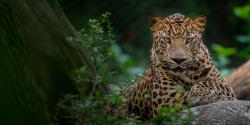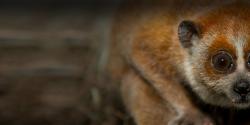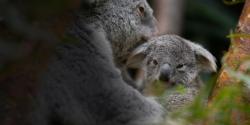The trumpeter swan is the heaviest native North American waterfowl species. An Ohio native, trumpeter swans are year-round residents and prefer large marshes and lakes.
These birds once lived across North America, but their population almost vanished because of hunting and habitat loss. They were granted protective status under the Migratory Bird Treaty Act of 1918 and have made a remarkable comeback. In the mid-1990s, Ohio became one of several states involved in reintroduction plans to restore trumpeter swans to the Midwest. The Wilds joined with the Ohio Department of Natural Resources and the Cleveland Metroparks Zoo to restore trumpeter swans in our state. The Columbus Zoo is involved in conservation efforts to help protect this species.
Scientific Name: Cygnus buccinator
Conservation Status: Least Concern
Size: The height of adult swans ranges from 4 to 5 feet. Their impressive wingspan can extend more than 6 feet!
Weight: Range from 21 to 30 pounds, although some males exceed the average weight.










